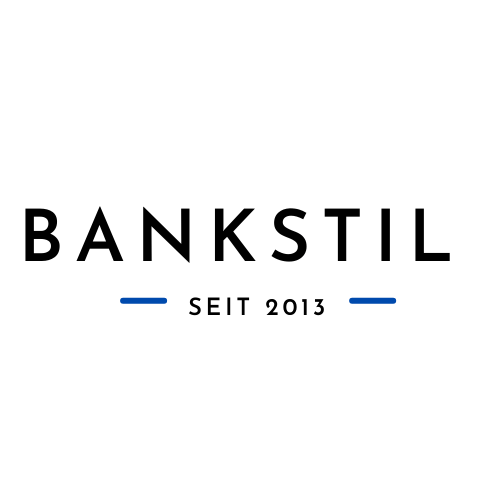Von Ralf Keuper
Seit einiger Zeit gibt es Bestrebungen, das Credit Scoring zu modernisieren und an den digitalen Alltag der Kunden anzupassen. Beispielhaft dafür sind affirm, Kreditech, Big Data Scoring und bonify.
Einen Schritt weiter geht Bloom mit seinem Bloom Protocol – Decentralized credit scoring powered by Ethereum and IPFS.
Zur Philosophie:
Bloom is a standardized, programmable ecosystem to facilitate on-demand, secure, and global access to credit services. Bloom presents a novel approach to credit risk assessment allowing both traditional fiat lenders and digital asset lenders to issue compliant loans on the blockchain while increasing competition to lower fees and improve borrower experience at every layer of the credit issuance process.
Die drei Hauptbestandteile:
1. BloomID (Identity Attestation): BloomID creates a global secure identity, allowing lenders to offer compliant loans globally, without forcing borrowers to expose personal information.
2. BloomIQ (Credit Registry): BloomIQ is a system for reporting and tracking current and historical debt obligations that are tied to a user’s BloomID.
3. BloomScore (Credit Scoring): The BloomScore is a metric of consumers’ creditworthiness. This decentralized score is similar to FICO or VantageScore score, but with updated models. …
Der Kreditvergabe bzw. Risikoprozess
1. Loan originator creates contract detailing the amount of the loan, the repayment schedule, and the requirements of the risk assessment
2. User reviews and agrees to the contract
3. External attesters and stakers agree to verify identity and creditworthiness based on loan originator’s set of desired attesters and stakers
4. Organizations update contracts with personally identifiable information (PII) requirements that they need to fulfill attestations such as “name”, “address”, “date of birth”
5. User attaches encrypted details for each attester and staker to their BloomID contract using the public keys of the respective parties
6. Identity verifier attests to the user’s provided data
7. RiskCo pays alternative data provider (Telco) for anonymized transaction history
8. RiskCo uses additional payment history information to decide whether to stake user
9. Requirements all met. Borrower can withdraw credited funds
Wesentliches Element ist die Digitale Identität, hier die Bloom ID, der Nutzer. Wir werden in Zukunft noch weitere Modelle sehen, die nach ähnlichen Prinzipien arbeiten. Bloom könnte eines der führenden werden. Das klassische Credit Scoring könnte dadurch ersetzt, zumindest jedoch ergänzt werden. Das Credit Scoring wird Bestandteil eines größeren Ökosystems, dessen Zentrum die Digitalen Identitäten sein werden.
Identiy is the new money (David Birch).
